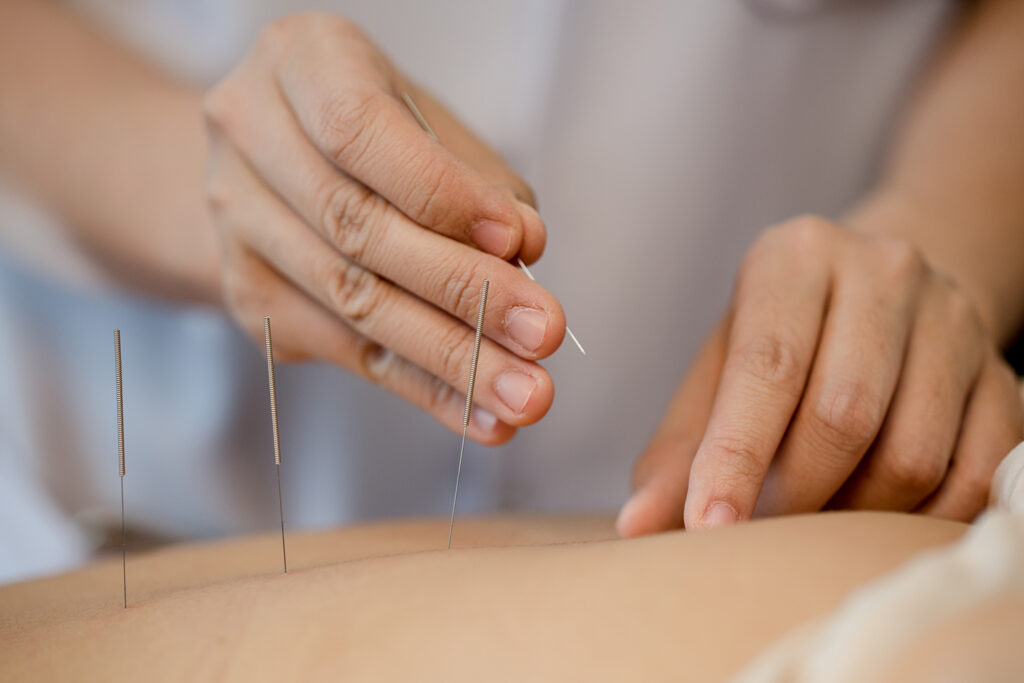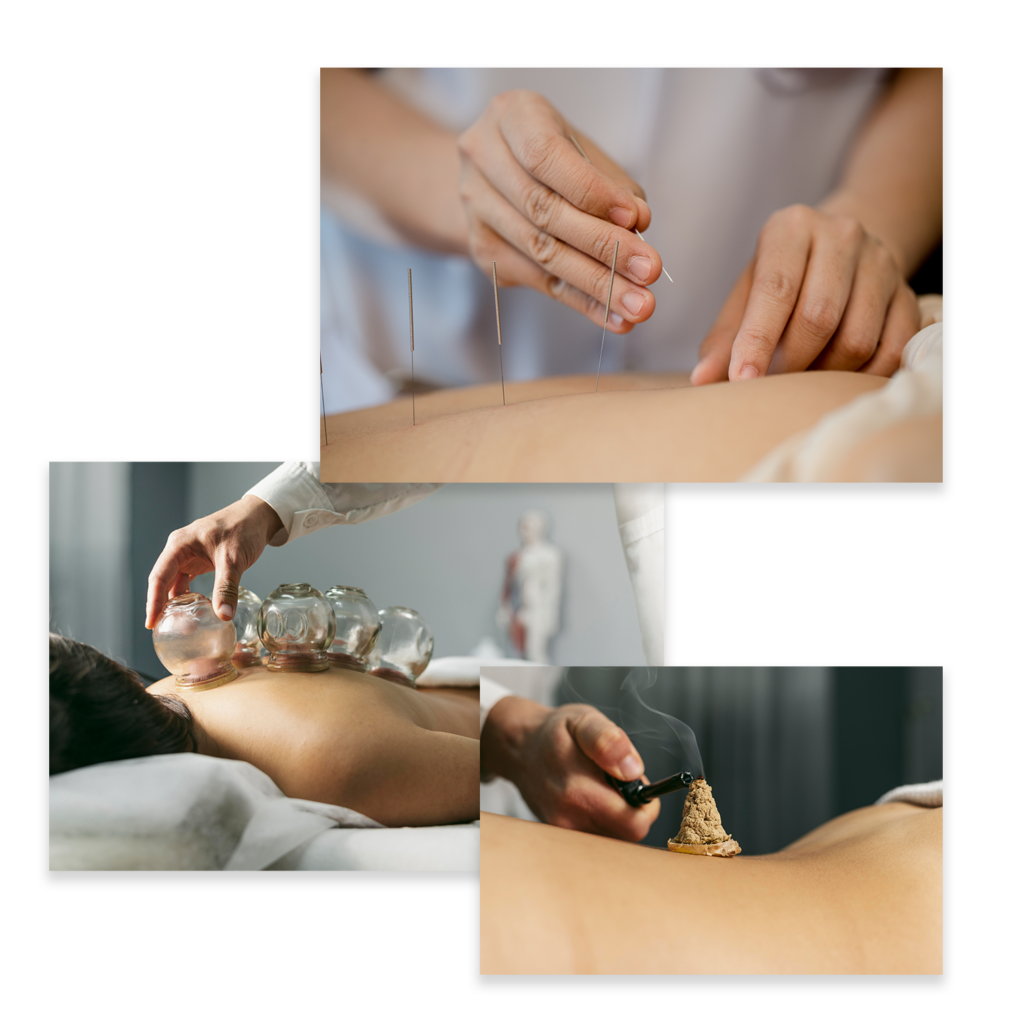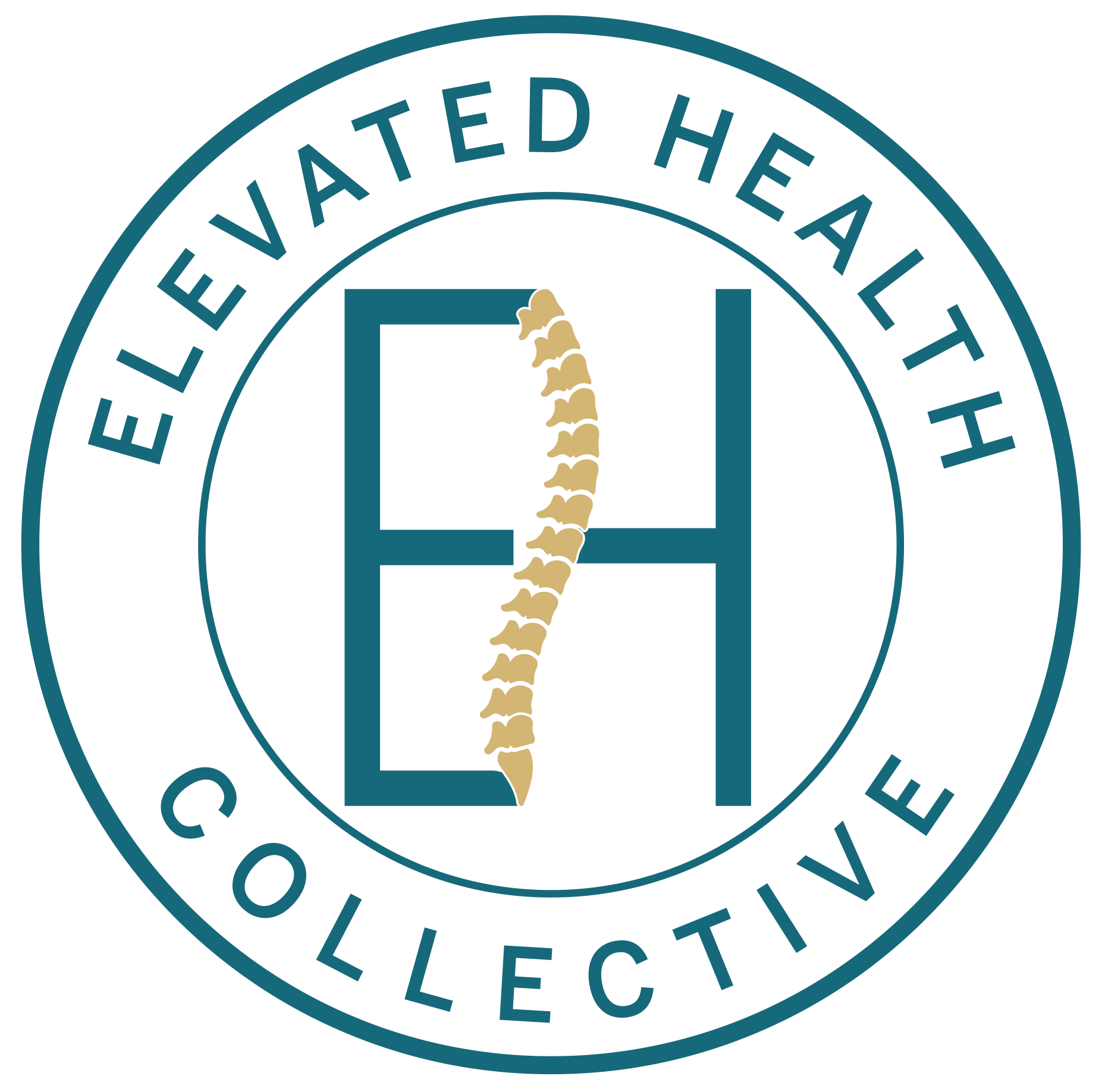Traditional Chinese Medicine (TCM)
TCM represents a standardized version of ancient Chinese medicinal practices predating the
Chinese Revolution. It is grounded in several time-honored beliefs. A central tenet involves
Daoist philosophy, which perceives the human body as a microcosm mirroring the universe.
Additionally, TCM emphasizes the existence of a vital life force known as "Qi," coursing
through the body, orchestrating various functions to preserve well-being. TCM practitioners
assert that chronic pain arises from Qi blockages or imbalances, and their role entails rectifying
and harmonizing its flow. Equally vital to TCM are concepts like Yin and Yang, symbolizing the
equilibrium between opposing yet complementary forces fostering health, and the Five Element
Theories.

Five Diagnostic Approaches
In their assessments, TCM practitioners employ five fundamental diagnostic approaches:
observation, listening, olfaction, inquiry, and palpation.
- Observation encompasses a thorough scrutiny of the patient’s physical demeanor and behavior. Of particular note during this examination is the analysis of the tongue, considering aspects such as size, shape, tension, color, and coating.
- Listening involves attentively discerning sounds produced by the patient, including their voice, respiration, and cough.
- Olfaction pertains to detecting body odor or breath characteristics.
- Inquiry entails posing ten specific questions related to symptoms such as temperature tendencies, perspiration, head and face conditions, pain, bowel movements, thirst and appetite, sleep patterns, chest and abdomen sensations, and, when applicable, gynecological symptoms.
- The final assessment step involves palpation, which involves feeling the wrist pulses at three different locations on the radial artery, exploring areas of pain or tension, and assessing the affected meridians.
Therapeutic Approaches
TCM offers a diverse array of methods designed to facilitate patients in achieving and
maintaining good health. Modern TCM incorporates six therapeutic methods:
- Acupuncture, an integrative medical practice originating over 3,500 years ago in ancient China. Acupuncture utilizes fine, single-use needles inserted at various points on the body to access energy pathways known as meridians. These points are crucial for redirecting, unblocking, or strengthening the flow of energy (Qi).
- Moxibustion employs burning moxa, derived from mugwort root, to stimulate healing. It aims to warm and invigorate the blood, enhance Qi circulation, fortify kidney Yang, dispel wind, alleviate cold, and dissolve stagnation.
- Tui Na Massage, a combination of massage, acupressure, and other body manipulation techniques. Tui Na, meaning “to push” and “to lift and squeeze,” has been a part of Chinese therapeutic tradition for centuries. Patients remain clothed during a typical session, which may involve vigorous massage and is particularly effective for addressing chronic pain and musculoskeletal issues.
- Cupping and scraping: Cupping involves placing glass cups on the body and creating a vacuum by removing oxygen, aiding conditions for 5 to 10 minutes. Combining cupping with massage oil allows the cups to slide across the back. Scraping, or “Gua Sha,” employs smooth materials such as jade to release obstructions and toxins at the skin’s surface, resulting in red spots and bruising that typically heal within 3 to 10 days.
- Chinese herbs: Chinese herbology encompasses over 13,000 substances, not limited to herbs, sourced from leaves, roots, stems, flowers, and seeds of plants such as cinnamon bark, ginger, ginseng, licorice, and rhubarb.
- TCM nutrition: In Chinese nutrition, a balanced diet comprises all five tastes: spicy (warming), sour (cooling), bitter (cooling), sweet (strengthening), and salty (cooling). These tastes are associated with specific properties and can be classified as either "heating" or "cooling," aligning with the Yin and Yang principles of TCM.



